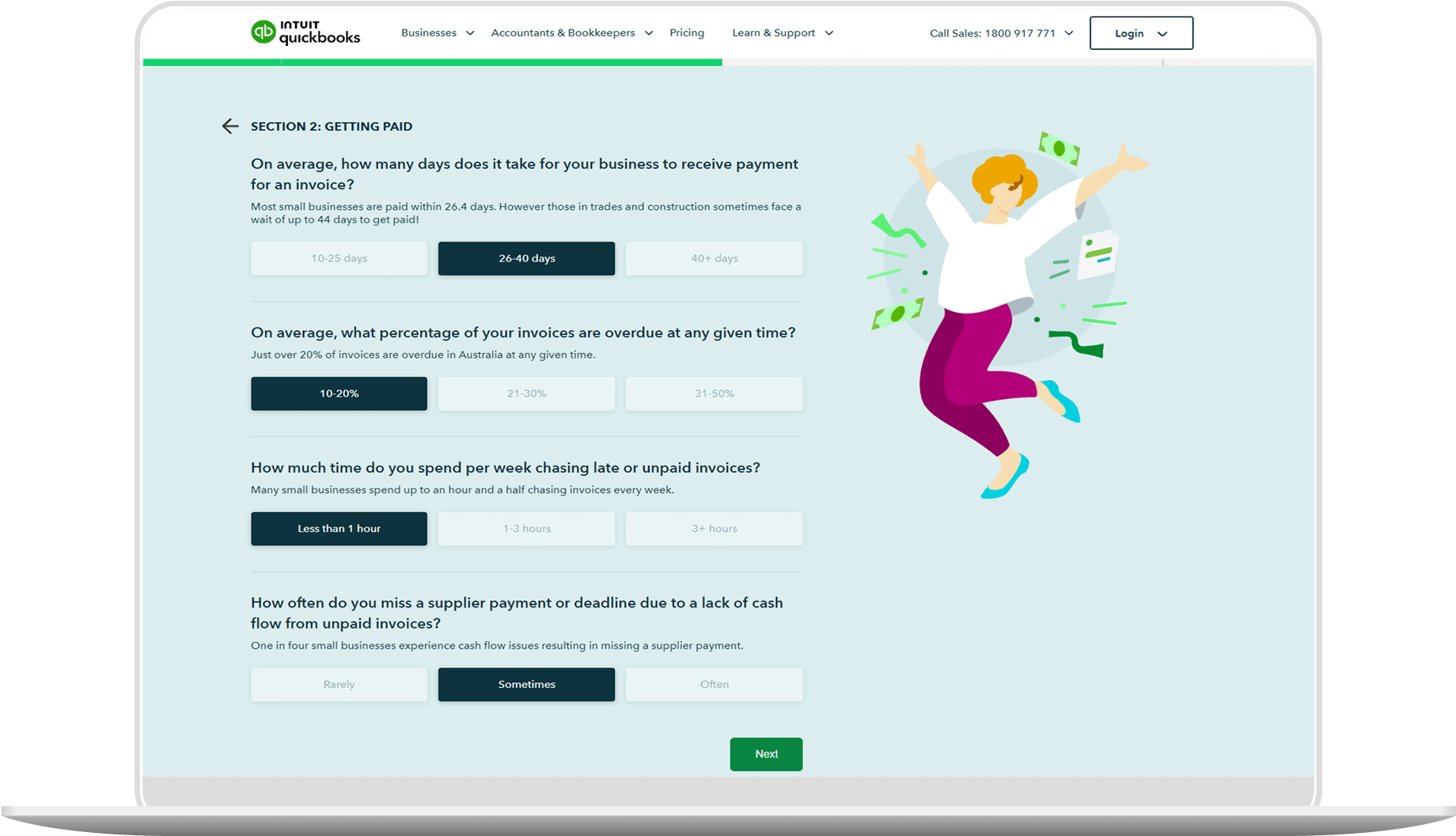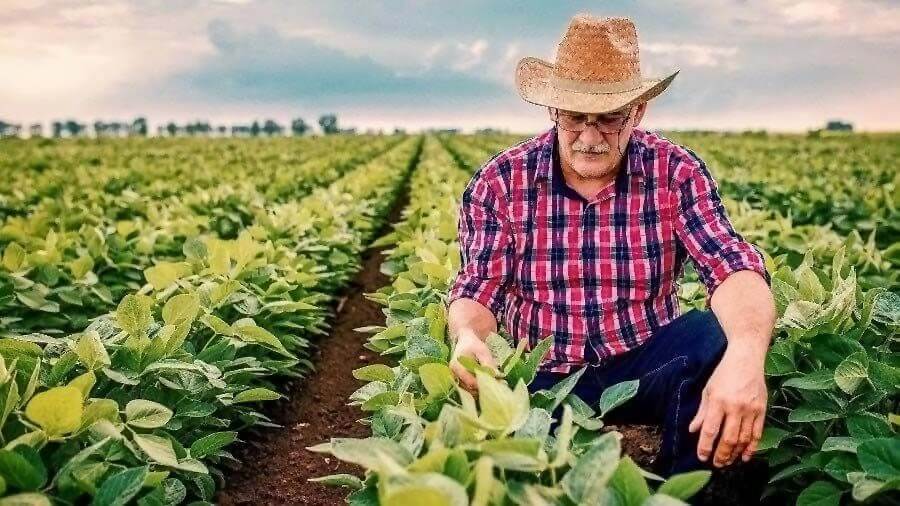What is a wine equalisation tax?
If you make, import, or sell wine in Australia, you’ll likely need to pay WET. But what is it?
WET is a type of tax levied in Australia, designed to be paid on the last wholesale of wine between the supplier and the retailer. WET may also apply to cellar door sales or tastings. It is also payable for wine importation regardless of whether you are registered for GST or not.
As of writing in April 2023, WET is a tax of 29% and in most cases only payable if you are registered for GST. A rebate is available for eligible Australian wine producers.
WET is collected by the ATO to create a level playing field for wine producers, ensuring that all imported wine is subjected to the same tax rules as locally produced wine. The tax is typically added to the price of wine bought and sold in Australia. This is because the tax is paid on the last wholesale sale of the wine, so when a retailer would buy the wine from a wholesaler.
Wine wholesalers don’t just pay WET. They are also subjected to additional wine taxes, including excise tax and goods and services tax (GST).




















